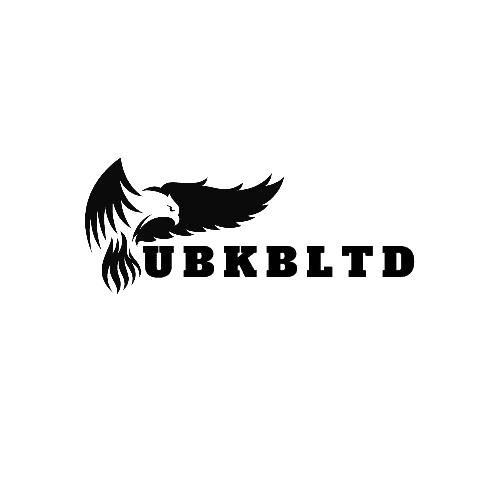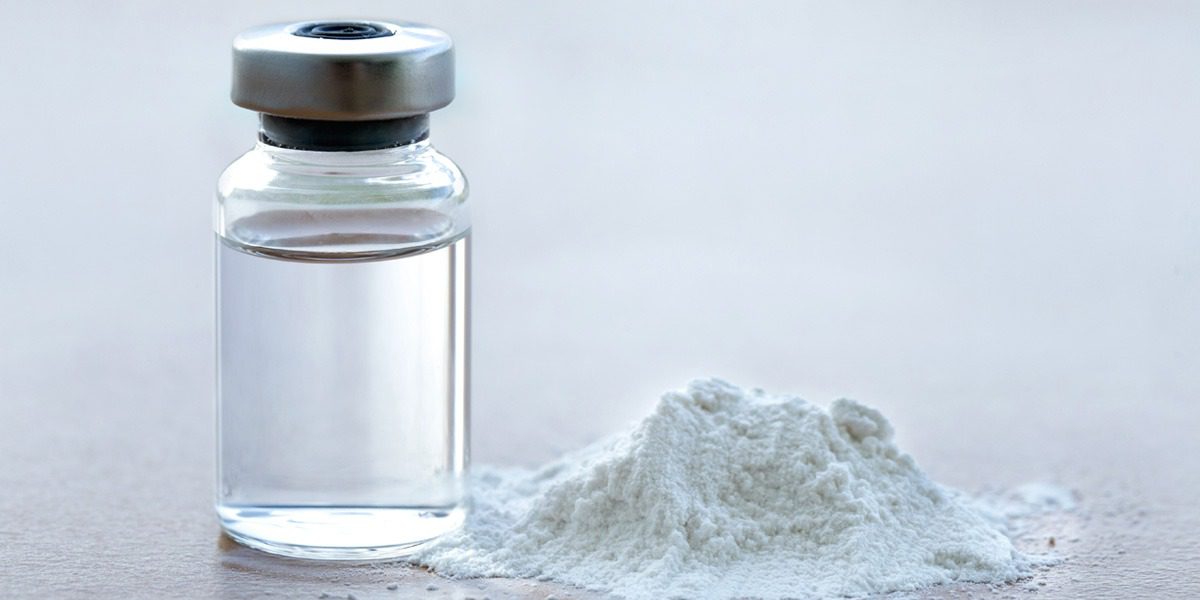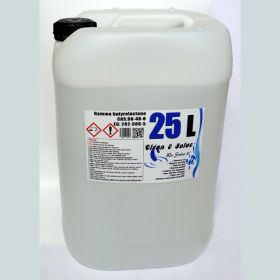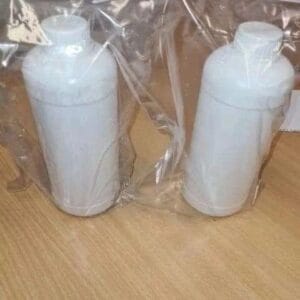What is GHB?
Gamma-hydroxybutyrate, commonly called GHB, is a naturally occurring substance classified as a central nervous system (CNS) depressant. Its chemical structure is a derivative of gamma-aminobutyric acid (GABA), a neurotransmitter that regulates neuronal excitability throughout the nervous system. GHB is typically found in a colorless, odorless liquid form and is known for its potent psychoactive properties.
While GHB has legitimate medical applications, such as treating narcolepsy and certain types of conditions resulting in sleep disorders, it is often misused recreationally. This misuse has earned GHB the moniker “liquid ecstasy,” highlighting its recreational use alongside euphoric and sedative effects similar to those associated with ecstasy (MDMA). However, the experience produced by GHB can significantly differ from that of ecstasy, as it tends to induce a more profound state of relaxation and drowsiness, especially in higher doses.
When ingested, GHB exerts its effects primarily by enhancing the activity of GABA receptors within the brain. This can lead to feelings of euphoria, calmness, and sociability in moderate doses. Conversely, excessive consumption may result in sedation, amnesia, and even unconsciousness. Users often report a sense of well-being and relaxation, but such pleasurable effects come with notable risks. Its narrow therapeutic window implies that there is a fine line between a beneficial dose and one that could pose significant health threats, including respiratory depression or coma.
In conclusion, GHB is a multifaceted compound with both therapeutic uses and potential for abuse. Understanding its chemical properties and physiological effects is crucial for recognizing the associated risks and implications of its use.
Medical Uses of GHB
Gamma-hydroxybutyrate (GHB) is a substance that has garnered attention for both its illicit use and its legitimate medical applications. Primarily, GHB is prescribed to treat narcolepsy, a neurological disorder characterized by excessive daytime sleepiness and sudden sleep attacks. In medical settings, GHB acts as a central nervous system depressant, promoting restorative sleep patterns and helping individuals maintain a more regular sleep cycle. Due to its sedative properties, healthcare professionals utilize GHB to manage narcolepsy symptoms effectively despite the need for careful monitoring due to potential side effects.
Furthermore, GHB has been explored in rehabilitation therapies, particularly in the context of substance use disorders. Some studies indicate that it may assist individuals in the process of overcoming addiction, particularly in reducing cravings and withdrawal symptoms. The impact of GHB on neurotransmitter systems can facilitate a more stable emotional state, making it beneficial under professional supervision. In such cases, healthcare providers often leverage its therapeutic qualities while ensuring patients receive appropriate education about its risks and benefits.
The prevalence of GHB prescriptions remains relatively low, primarily due to its classification and the accompanying stigma. Medical professionals weigh the potential therapeutic effects against the risks involved with its use. Therefore, dosage is critical in achieving desired outcomes while mitigating adverse reactions. Administered in strict conformity to medical guidelines, GHB can provide substantial benefits for those with specific medical conditions, underscoring the importance of professional oversight in its application. Understanding the medical context in which GHB is used is essential for promoting its responsible usage and addressing the potential advantages and inherent risks.
Risks and Dangers of GHB
Gamma-hydroxybutyrate (GHB) is a central nervous system depressant frequently associated with recreational use and has been linked to several significant health risks. Its potential for abuse is a primary concern, mainly as it can produce effects similar to those of alcohol, such as euphoria, increased sociability, and sedation. However, these desirable effects are often accompanied by substantial dangers, mainly when used in uncontrolled or irresponsible settings.
One of the most alarming risks associated with GHB use is the possibility of overdose. Signs of GHB overdose may include excessive sedation, confusion, respiratory depression, seizures, and loss of consciousness. In severe cases, overdose can lead to coma or even death. Due to the narrow therapeutic window of GHB, the margin between a recreational dose and a potentially lethal dose is exceedingly tiny, making misuse particularly dangerous.
Moreover, dependence on GHB can develop with regular use. Individuals may find themselves increasing their dosage to achieve the same effects, leading to a cycle of dependence. Withdrawal symptoms can occur, presenting psychological and physical complications that require medical intervention. This cycle is further complicated by the social context in which GHB is often used, as it is frequently involved in sexual assault and date rape incidents. The drug’s sedative properties can incapacitate individuals, making them vulnerable to exploitation.
Raising awareness regarding the misuse of GHB is crucial, not only for personal health but also for public safety. Education on the risks associated with its recreational use is essential in mitigating its abuse and ensuring that individuals recognize the potential dangers. Understanding the context and consequences of GHB use can empower individuals to make informed choices and foster safer environments.
Legal Status and Availability of GHB
Gamma-Hydroxybutyric acid, commonly known as GHB, is classified differently across various jurisdictions, reflecting its complex status as both a medical substance and a controlled drug. In the United States, GHB is classified as a Schedule I controlled substance under the Controlled Substances Act, making its use, possession, and distribution illegal without a prescription. However, GHB is also available for medical treatment in the form of sodium oxybate, which is approved by the Food and Drug Administration (FDA) for specific conditions, such as narcolepsy. This duality often leads to confusion about its legal status.
In many European countries, GHB is similarly regulated. For instance, in the United Kingdom, GHB is classified as a Class C drug, which means that its possession without a prescription can lead to strict legal penalties. Countries like Australia and Canada also categorize GHB as a controlled substance, limiting its availability and requiring medical supervision for legitimate uses. The international consensus on GHB reflects its potential for abuse and harmful effects, often associated with drug-facilitated sexual assaults and recreational use.
Purchasing GHB from illegal sources poses significant risks. Unregulated online platforms may sell GHB, but the quality, purity, and content of these substances remain highly questionable. Consumers may unknowingly acquire dangerous impurities or incorrect dosages, leading to severe health consequences. Additionally, engaging in the purchase or sale of GHB from unregulated sources can have dire legal ramifications, including arrest and criminal charges. Overall, while GHB has legitimate uses in a clinical setting, its legal restrictions and potential for misuse underscore the importance of understanding its status and consequences in both medical and recreational contexts.
Conclusion
In assessing the multifaceted nature of GHB (gamma-hydroxybutyrate), it is essential to weigh its legitimate medical applications against the potential hazards associated with its misuse. GHB is recognized for its clinical uses, particularly in the treatment of conditions such as narcolepsy and as a general anesthetic in specific settings. However, the landscape is considerably complicated by the drug’s popularity in recreational environments, where its intoxicating effects can lead to adverse consequences, including dependence and health risks.
Understanding GHB requires acknowledging the duality of its existence; while it serves beneficial purposes under medical supervision, its illicit use poses significant dangers to individuals and communities. The awareness surrounding GHB’s potential for misuse carries great importance, mainly as recreational trends fluctuate and evolve. Therefore, individuals must be well-informed about the substance, including its effects, risks, and the legal implications tied to its use.
Advocacy for responsible practices is paramount. Individuals, healthcare providers, and policymakers must encourage open dialogues about substance use, focusing on both education and safety. Clear communication can empower individuals to make informed choices and recognize the signs of substance misuse. Additionally, it is imperative to foster a culture that prioritizes harm reduction and awareness concerning GHB and other substances.
Lastly, the continuing need for rigorous research to unravel the complexities associated with GHB cannot be overstated. Enhancing public education efforts regarding its risks and benefits is essential for empowering communities to navigate informed decisions surrounding substance use. By fostering a knowledge-driven environment, we can better address the challenges posed by GHB and promote a safer, healthier society.











